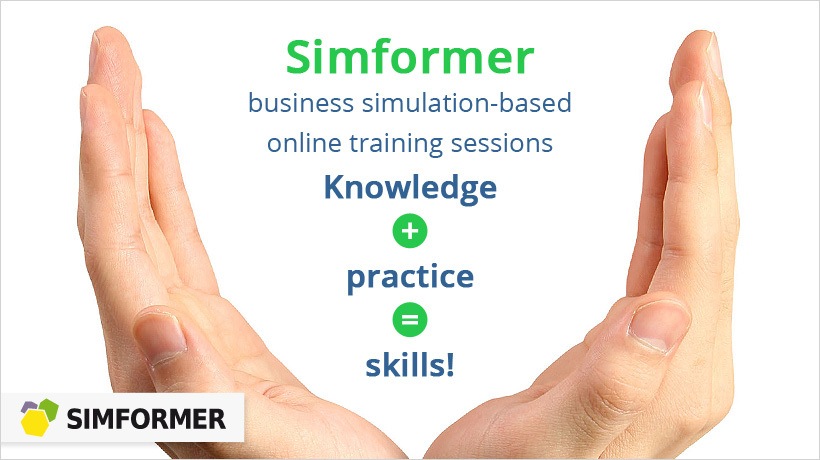Short Sims For Better Learning And Development
With the advancement of technology, L&D strategies are advancing as well as becoming increasingly innovative. The latest innovative strategies being used in corporate organizations for employee development and training are called “short sims.” Let us have a look at what short sims are, and why it is a great idea to use them in your L&D strategy.
What Are Short Sims?
As many will have deduced from its name, short sims are short, interactive simulations (think simulations + microlearning), which, while being specialized, are quick to produce. These simulations are usually based on real-life scenarios that learners can relate to and engage with in order to improve the absorption and retention of learned skills and knowledge. All short sims require is a scenario-focused authoring tool, such as Articulate Storyline, Adobe Captivate or Elucidat. The best part about short sims is that they do not require any high-end, expensive technology, such as AR/VR (which are gaining momentum in L&D these days). All they need are a lot of creativity from a digital learning designer to plan clever and educational scenarios.
How To Implement A Short Sims Strategy Into Your Organization
Implementing a short sims strategy will take some effort and planning, but once initiated, it will strengthen your L&D program immensely, resulting in much smarter and more productive employees. Here’s how you go about it:
1. Write Down Learning Goals
What are some learning goals you would like your employees to achieve? That is, what will you be using short sims for? Learning objectives could range from teaching employees to use a new software or tool to teaching managers to be better leaders. Whatever your learning goals might be, write them down and start planning scenarios that could be used to teach employees the necessary skills to achieve these goals.
2. Get The Best Digital Learning Designers On The Case
Although this goes without saying, choose only the best, most creative and most ambitious digital learning designers from your organization to see your short sims project through. Hire an expert from outside an organization if you think the ones in your organization won’t be able to deliver. That way, the designers in your organization will be able to learn and understand the whole process and make any changes or fixes, if required in the future. When you’ve decided on the team of Instructional Designers, have them build short sims to fulfill the learning goals you wrote down earlier together as a team.
3. Plan And Set The Whole Schedule
Planning every step of the project is very important, and that is something that the L&D manager will most likely have to do. The process isn’t very hard, and will more or less contain the following steps:
- Understanding the learning goals as well as the learning objectives of each short sim
- Gleaning as much information as you can from Subject Matter Experts, and putting them on standby for any further questions during the development of the short sims
- Creating a sample or a working model of each short sim within a set time, say a week or two
- Sanding off any rough edges and creating a beta version of the short sims, which shouldn’t be more than 10 minutes long (preferably 7 minutes)
- Getting a few chosen sample learners to try out the short sims and getting feedback
- Ironing out any problems or inconsistencies based on feedback from sample learners, and then creating the gold version of the short sim
4. Let Your Team Explore And Experiment With Short Sims
If you’ve chosen the best digital learning designers in your organization, they’ll most likely get the hang of short sims within a month of creating more of them. Let them explore and experiment with what they can do with short sims, as many innovations take place this way. When they’re consistently giving satisfactory results, assign each designer one short sim to produce a week. You could even add more members to the team if required.
Short sims are a great combination of short, engaging content suspended in a life-like scenario that brings out the best in learners. The step-by-step process demonstrated above will make it easier for you to implement this trending L&D strategy and reap its benefits. Begin now!










